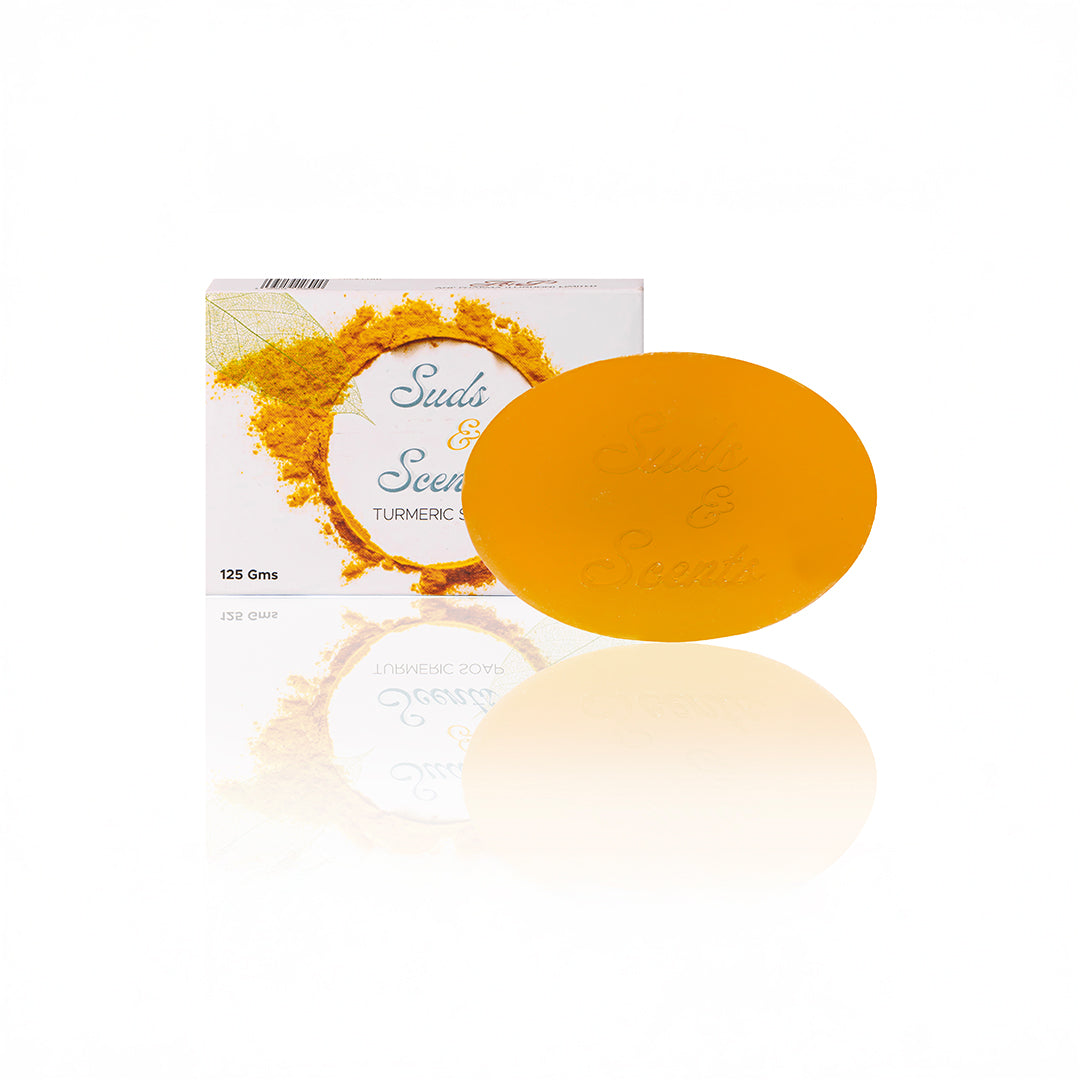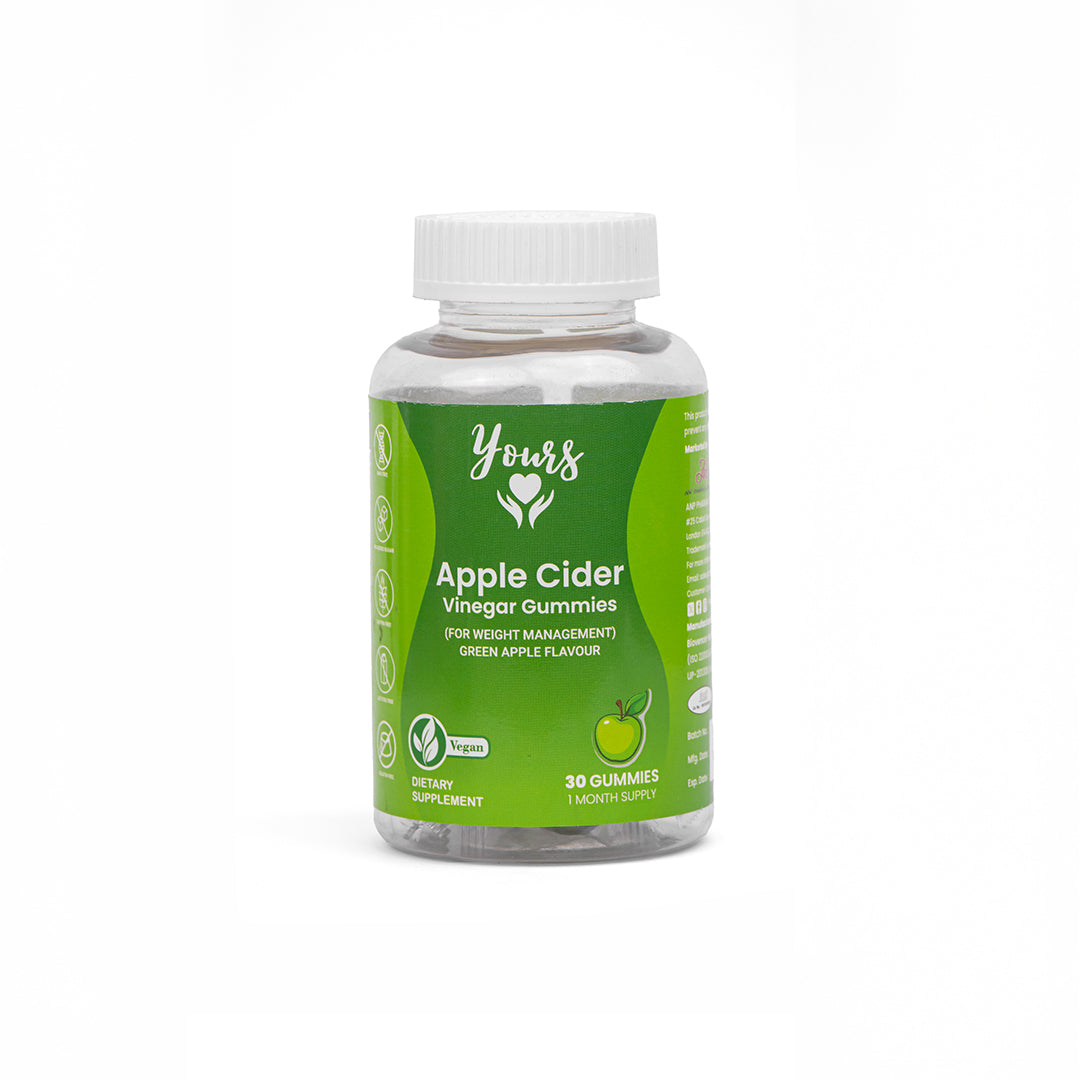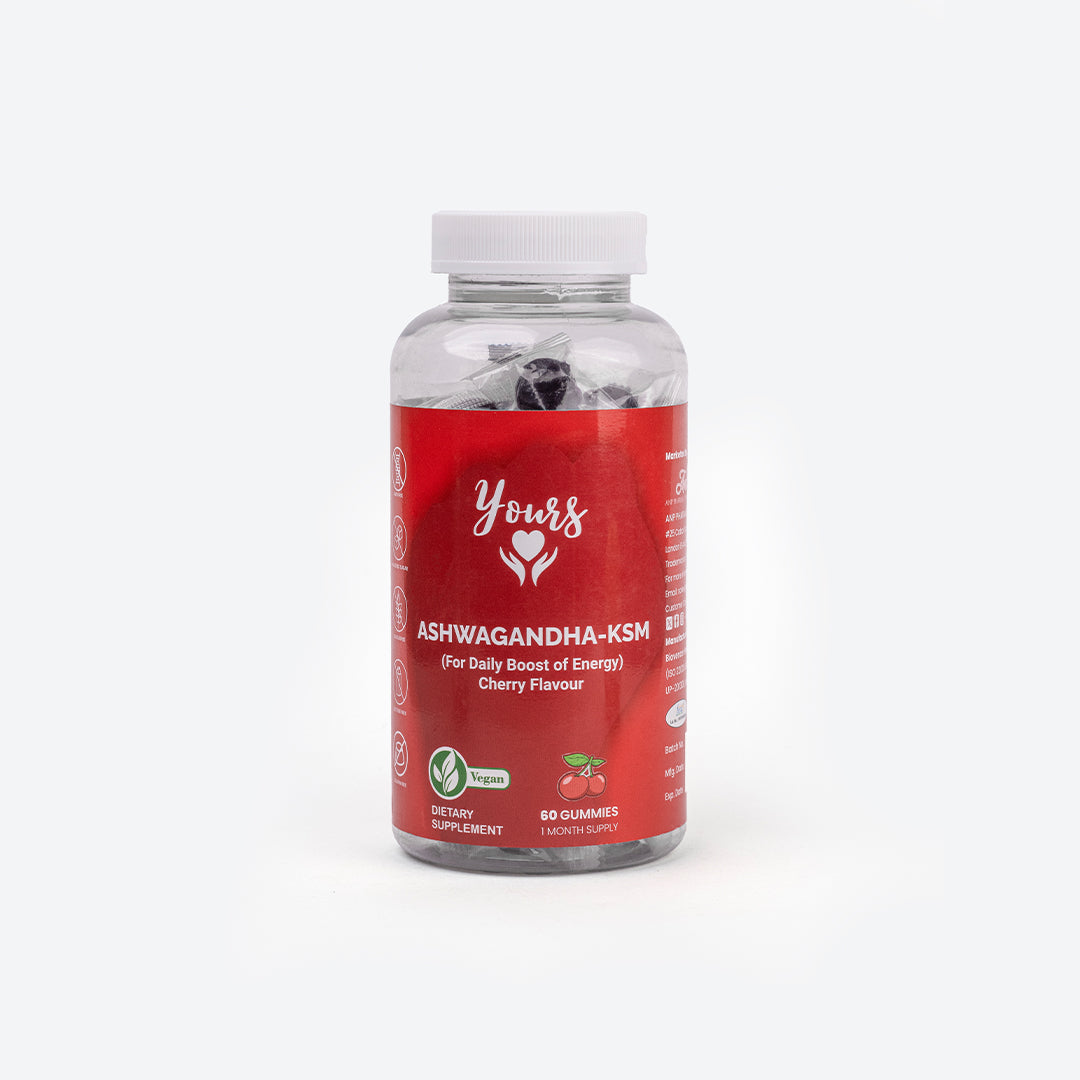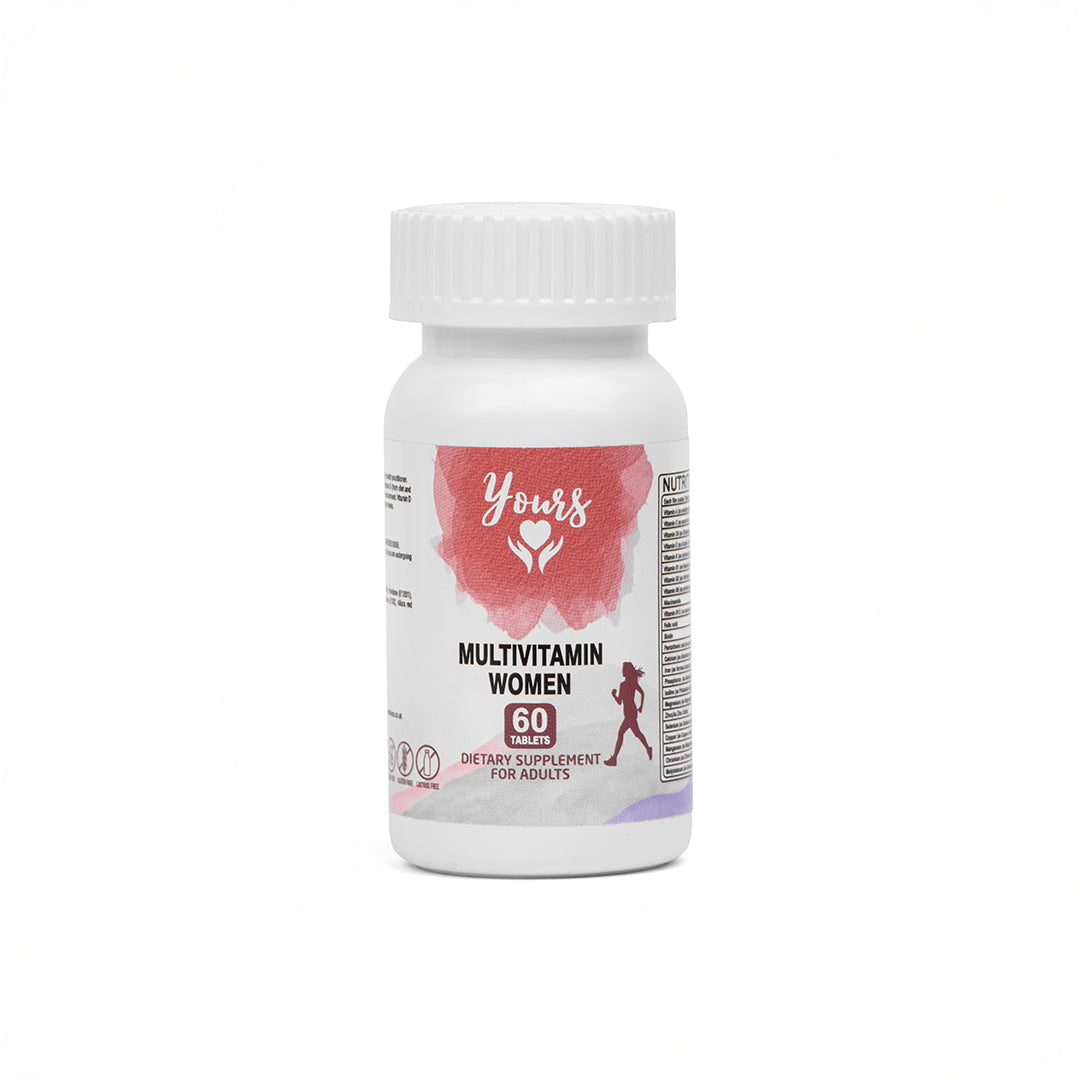Yes! Tisanes are not true teas at all. Let us untangle the muddle!
Both tea and tisanes are popular drinks that may be found all over the world.
Your favourite cup of tea does not just make you feel good; studies have shown that it also has several health benefits. Regular tea consumption can be seen as a lifestyle decision that supports overall health. It is amazing that, after water, tea is the second most popular beverage worldwide.
But did you know that the well-known tisanes are a healthier alternative to your typical tea? Nowadays, tisanes play a significant role in the tea industry. Absolutely true!
What differentiate Tisanes from Tea
Tea is a plant-based beverage made from leaves of Camellia sinensis, while tisanes are infused drinks made from leaves, bark, roots, berries, and seeds, referred to as "herbal infusion."
Teas and tisanes differ in caffeine content, with teas containing caffeine in varying amounts, while tisanes are used to reduce caffeine intake.
Tisanes, a simple yet effective supplement for a healthy, energising life, are dried without heat, unlike the complex heat-fixing process used for tea.
Types of Tisanes
Tisanes are usually categorised by what part of the plant they come from. Some of the major categories of Tisanes are:
- Leaf Tisanes in which lemon verbena, mint, peppermint, camomile are the most common Leaf Tisanes.
- Fruit Tisanes are naturally sweetened and most of the fruits can be used as ingredients in fruit Tisanes.
- Flower Tisanes like lavender, Rose chamomile, hibiscus are commonly used in Flower Tisanes.
- Spice and Root Tisanes are made using crushed fresh cardamom, caraway, fennel seeds to bring strong flavour in Tisanes.
Tisanes can be produced from a blend of plant types or multiple parts of the same plant, or from moss, stems, or other plant matter.
How to make Tisanes
Most Tisanes should be prepared as an infusion or a decoction.
Infusions are the traditional way to make tea; this process is known as steeping and involves pouring boiling water over the plant material.
For plant stuff with rough surfaces or limited surface areas, decoction is frequently used. This is why bark, root, and berry tisanes are typically made as decoctions, whereas leaf, flower, and seed tisanes are typically soaked (infusions).
Health Benefits of Tisanes: Tisanes have stress-relieving properties that may be good for our mental and physical health.
- Calming and de-stressing the mind and body
- Increasing energy
- Promoting overall wellness
- Boost immune system
- Improve digestion
- Has anti-diabetic properties
- Reduces blood pressure
- Relieves pain
- Good disinfectants
- Promote relaxation
- Improves sleep quality
- Good liver tonic
* Please be aware that this information has been created for educational purposes only and was never meant to replace professional medical guidance, including diagnosis, counsel, and treatment. Always seek the advice of your herbalist or another healthcare provider before using tisanes made from herbs because they can be potent. Some people have allergies to organic components like plants. Always read the label carefully and only use the recommended amount because an ingredient that is very mild and relaxing to one person may be an allergen to another.












